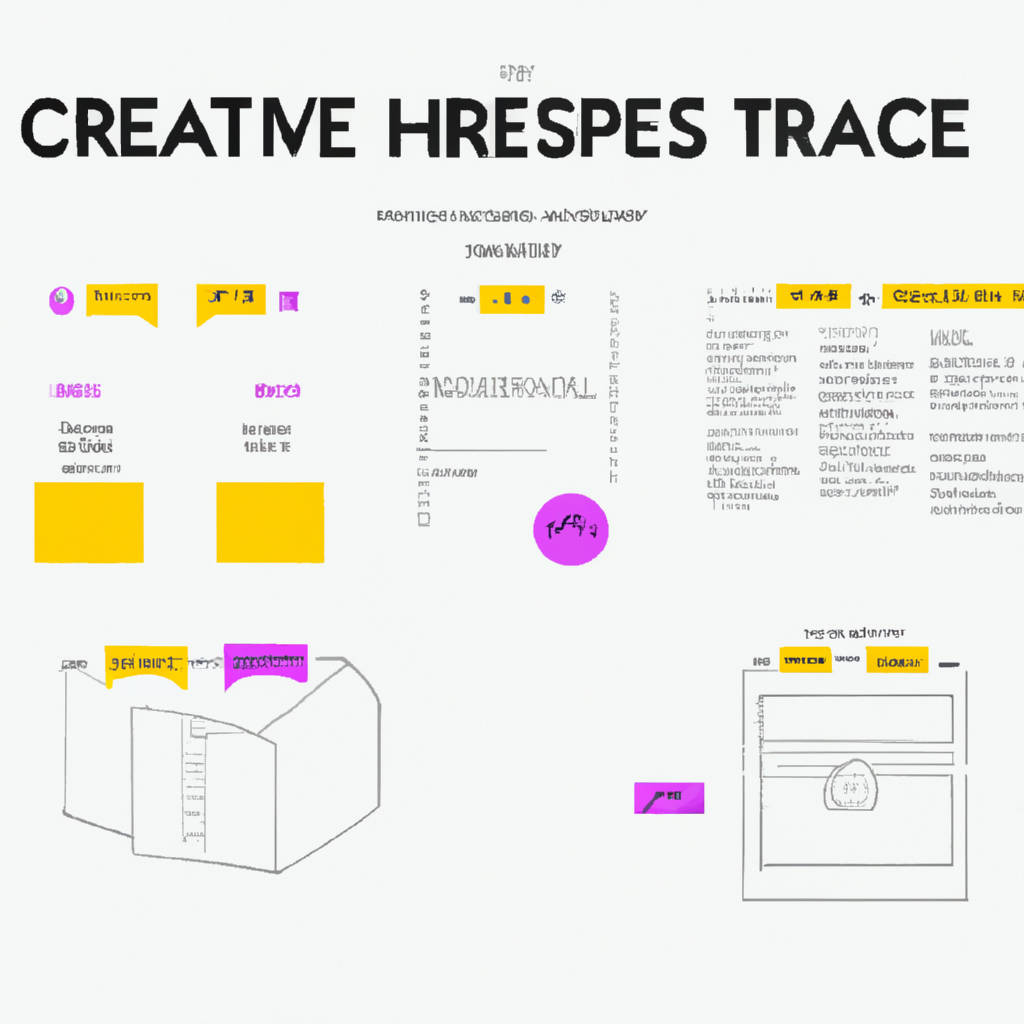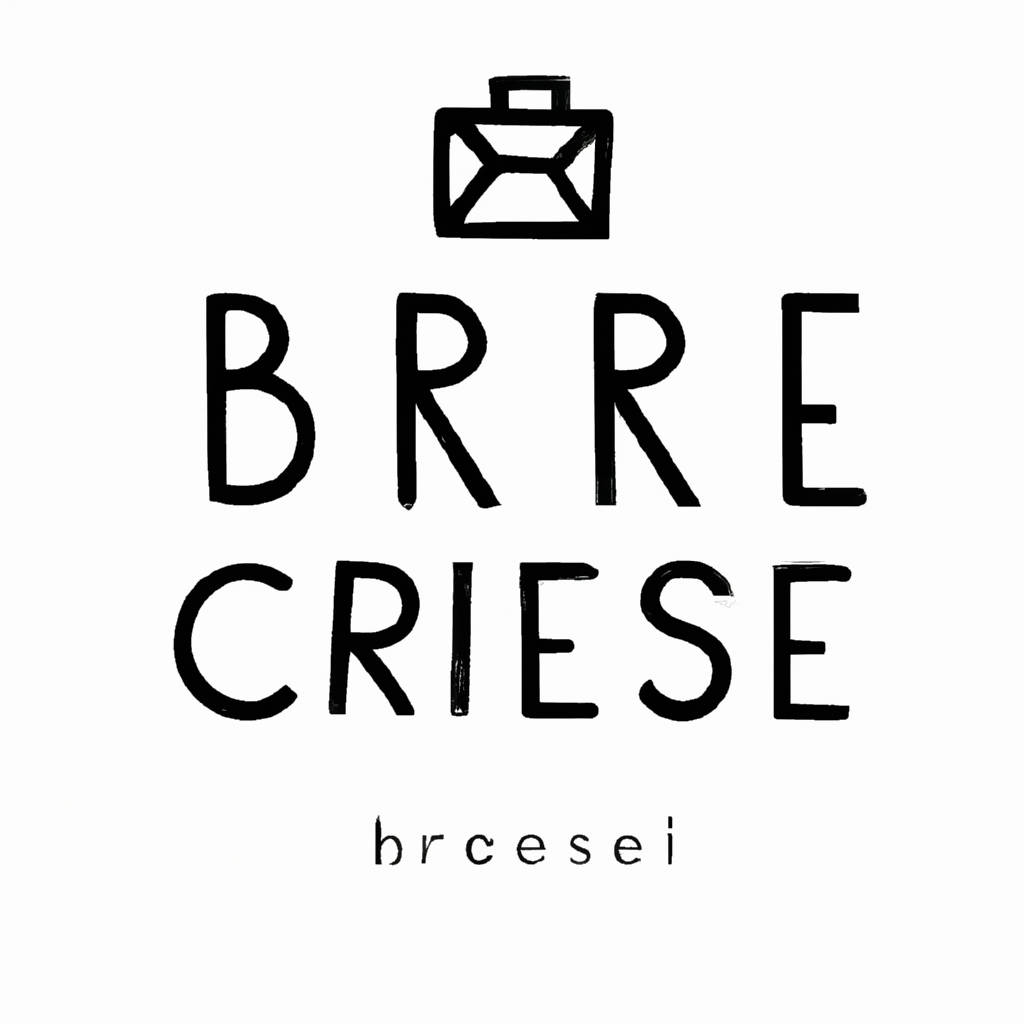Creating a creative brief is an essential step in any creative project, as it helps to provide a clear direction and focus for the work to be done. There are several key steps to follow when creating a creative brief. The first step is to define the project objectives and goals. This involves clearly outlining what the project is meant to achieve and what success looks like. For example, if the project is to create a marketing campaign for a new product, the objectives may include increasing brand awareness and driving sales. The next step is to identify the target audience. This involves understanding who the project is meant to reach and what their needs and preferences are. For example, if the target audience is young adults aged 18-25, the creative brief may need to reflect their interests and communication style.
Once the objectives and target audience have been defined, the next step is to outline the key message or messages that need to be communicated. This involves identifying the main points that the creative work needs to convey in order to achieve the project objectives. For example, if the key message is that the product is innovative and high-quality, the creative brief may need to focus on showcasing these features in a visually appealing way. The next step is to outline the deliverables that are required for the project. This involves specifying what creative assets need to be produced, such as print ads, social media posts, or video content. For example, if the project is a social media campaign, the creative brief may need to specify the number of posts required, the platforms they will be posted on, and any specific features or formats that need to be included.
Once the project objectives, target audience, key messages, and deliverables have been defined, the next step is to outline the creative direction for the project. This involves providing guidance on the overall look and feel of the creative work, as well as any specific visual elements or styles that need to be included. For example, if the project is a website redesign, the creative brief may need to specify the color scheme, typography, and layout that should be used. The final step in creating a creative brief is to review and refine the document to ensure that it accurately reflects the project requirements and objectives. This may involve getting feedback from key stakeholders or revising the brief based on new information or changes in the project scope.
In conclusion, creating a creative brief is a crucial step in any creative project, as it helps to provide a clear roadmap for the work to be done. By following the key steps outlined above and using examples and templates as guides, you can ensure that your creative brief is comprehensive, focused, and effective in guiding the creative process.

Understanding the Creative Brief
Understanding the creative brief is essential for any successful project or campaign. A creative brief serves as a roadmap for the creative team, providing them with important information about the project goals, target audience, key messages, and brand guidelines. It helps ensure that everyone is on the same page and working towards a common vision. By clearly outlining the objectives and requirements of the project, the creative brief helps creatives to stay focused and deliver work that is in line with the client’s expectations.
It also helps to streamline the creative process, saving time and resources by providing a clear direction from the start. Additionally, a well-written creative brief can inspire the creative team and spark new ideas, as it encourages them to think critically about the project and come up with innovative solutions. Ultimately, understanding the creative brief is crucial for delivering high-quality work that meets the client’s needs and exceeds their expectations. By taking the time to carefully review and understand the creative brief, creatives can ensure that their work is aligned with the project goals and effectively communicates the intended message to the target audience.
Outline of a Creative Brief
A creative brief is a document that serves as a roadmap for any creative project. It outlines the objectives, target audience, key messages, and overall direction for the project. The brief typically includes information about the brand or client, their unique selling points, and any specific requirements or constraints that need to be considered. It also outlines the project timeline, budget, and any other logistical details that need to be addressed. A well-written creative brief is essential for ensuring that everyone involved in the project is on the same page and working towards the same goals.
It helps to keep the project focused and on track, making sure that the final product meets the client’s expectations and delivers the intended message to the target audience. In addition, a creative brief can also serve as a reference point throughout the project, helping to guide decision-making and ensure that all creative work is aligned with the overall vision and goals of the project. Ultimately, a well-crafted creative brief is the foundation for a successful creative project, providing a clear roadmap for all involved and setting the stage for a successful outcome.

Writing Your Creative Brief
Writing your creative brief is an essential step in any creative project. It serves as a roadmap for the entire process, providing direction and clarity for both the client and the creative team. A well-written brief outlines the objectives, target audience, key messages, and desired outcomes of the project. It also includes important logistical information such as deadlines, budget, and any specific requirements or restrictions.
By taking the time to carefully craft a thorough creative brief, you can ensure that everyone involved is on the same page and working towards a common goal. This not only helps to streamline the creative process but also minimizes the risk of misunderstandings or miscommunications along the way. Additionally, a clear and concise brief can serve as a reference point throughout the project, helping to keep the team focused and on track. Overall, investing the time and effort into writing a comprehensive creative brief can set the foundation for a successful and effective creative project.
Define Project Name
A project name is a unique identifier that is assigned to a specific undertaking or initiative within an organization. It serves as a way to differentiate between different projects and helps to provide clarity and structure to the work being done. The project name typically reflects the purpose or goal of the project, making it easier for stakeholders to understand what it is about. It is important for a project name to be clear, concise, and descriptive so that everyone involved can easily identify and refer to it.
A well-chosen project name can help to build excitement and engagement around the work being done, as it serves as a rallying point for the team working on the project. Additionally, a project name can also help in tracking progress and communicating updates to stakeholders. Overall, a project name is an essential component of project management, as it helps to define and organize the work being done, making it easier for everyone involved to understand and contribute effectively.

Brand Overview & Project Summary
Brand Overview & Project Summary
In today’s competitive market, establishing a strong brand identity is crucial for success. A well-defined brand can help a company stand out from the competition, attract customers, and build trust. This is why many companies invest time and resources in developing their brand image. A brand is not just a logo or a name; it is the overall perception that consumers have of a company and its products or services.
The project at hand aims to create a comprehensive brand overview for a new company entering the market. The goal is to define the company’s brand identity, values, and positioning in order to create a strong foundation for future growth. This project will involve conducting market research, identifying target audiences, and developing a brand strategy that aligns with the company’s goals and objectives. The project will also include creating brand assets such as a logo, website, and marketing materials that reflect the company’s brand identity.
By developing a strong brand overview, the company will be able to effectively communicate its unique value proposition to customers and differentiate itself from competitors. A well-defined brand will also help the company build credibility and trust with consumers, leading to increased brand loyalty and customer retention. Overall, the project aims to create a strong brand foundation that will set the company up for long-term success in the market.
Project Objective
The project objective is the specific goal or outcome that a project is intended to achieve. It serves as a guiding principle for the entire project, providing a clear direction for the team to follow. By defining the project objective, stakeholders can ensure that resources are allocated efficiently and that progress can be measured against a set standard. Having a well-defined project objective is crucial for ensuring that the project stays on track and that all efforts are focused on achieving the desired result. Without a clear objective, projects can easily veer off course or fail to deliver the intended outcome.
Therefore, it is important for project managers to carefully consider and articulate the project objective before embarking on any new initiative. This will help to keep the team focused and motivated, and ultimately increase the chances of success. In summary, the project objective is the cornerstone of any successful project, providing a roadmap for achieving the desired result and ensuring that resources are utilized effectively.

Share with Stakeholders
Sharing information with stakeholders is crucial for building trust and maintaining transparency within an organization. By keeping stakeholders informed about the company’s activities, goals, and challenges, they can feel more invested in the success of the organization. This open line of communication allows stakeholders to provide valuable feedback and input that can help the company make more informed decisions.
In addition, sharing information with stakeholders can help to build a strong reputation for the organization, as it demonstrates a commitment to accountability and integrity. By keeping stakeholders in the loop, companies can foster stronger relationships with investors, customers, employees, and other key partners. This can lead to increased support for the organization and a greater sense of loyalty from those who are most affected by its actions. Overall, sharing information with stakeholders is an essential practice for any organization looking to build trust, maintain transparency, and foster positive relationships with those who have a vested interest in its success.
It is a key component of effective communication and can help to ensure that all parties involved are on the same page and working towards common goals. By being open and honest with stakeholders, companies can create a more inclusive and collaborative environment that benefits everyone involved.